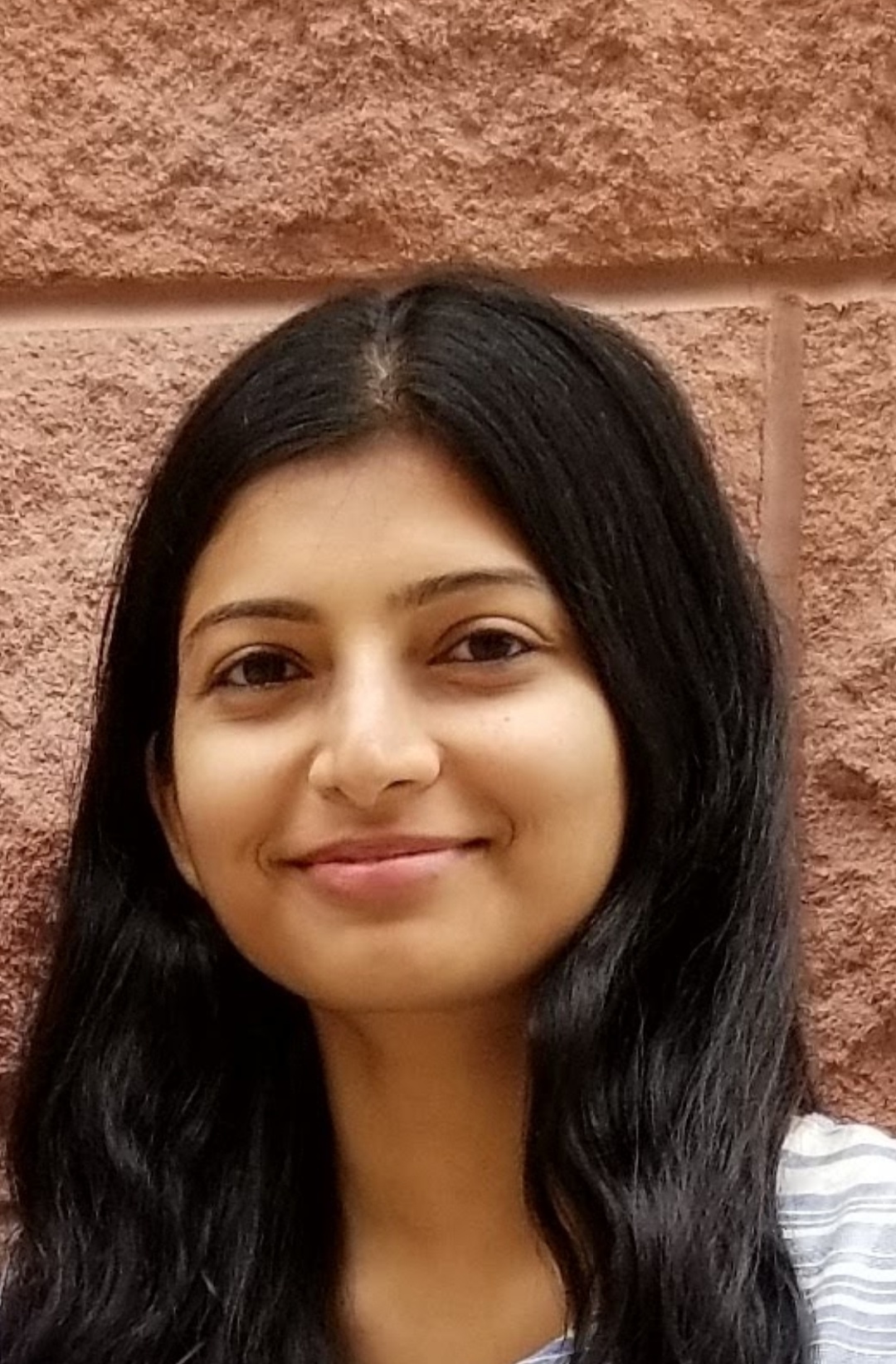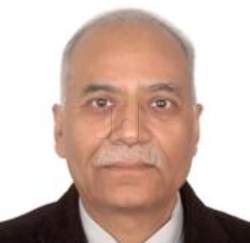Paralytic strabismus is an incomitant strabismus resulting from complete (paralysis) or partial (paresis) motor deficiency of one or a group of extraocular muscles, which are supplied by the third, fourth or sixth cranial nerve.
1 History and basic examination
Paralytic strabismus may be congenital or acquired. Careful history-taking will rule out an antecedent fever, trauma, neurological symptoms, or systemic illness in acquired cases. Patients complain of ocular deviation, limitation of ocular movements or abnormal head posture. Diplopia is usually a feature of recent-onset strabismus but congenital cases with spontaneous decompensation may also present with diplopia.
Facial asymmetry can be noted in some congenital superior oblique palsy(SOP) with a head tilt. Visual acuity is usually preserved in isolated acquired paralytic strabismus. Amblyopia develops only in patients in whom paralysis occurs early and when the patient is unable to maintain binocular single vision in any gaze. Fundus examination reveals torsion as in SOP, and rules out papilledema.
2 Compensatory anomalies of Head posture
Anomalous head posture (AHP) in the form of head turn, head tilt, chin elevation, or depression should be noted. AHP helps the patient avoid the field of action of the paretic muscle and maintain binocular single vision, so if there is a clinically significant head posture, binocular vision should be good. Some patients may have paradoxical head posture in the direction opposite to what is expected, to increase the distance between the two images when they are unable to fuse them. This helps them ignore the weaker image and avoid diplopia. The AHP should be corrected before proceeding with the measurement of the ocular deviations.
3 Ductions and versions
In paralytic strabismus, duction in the field of action of the weak muscle is incomplete. But during duction, the patient may overcome the mild paresis with maximal innervational effort, thus masking the diagnosis. Hence it is more important to examine versions that give a comparative assessment of the two yoke muscles. When patients fix with the paretic eye during version, marked overaction of the yoke muscle in the normal eye (secondary deviation) reveals the diagnosis.
4 Head tilt test
Bielschowsky’s head tilt test helps in the diagnosis of paralysis of oblique muscles. A head tilt towards the same side, causes a marked upshoot in superior oblique palsy and on an opposite side head tilt, a down shoot in inferior oblique (IO) palsy.
5 Measurement of ocular deviation
The ocular deviation can be measured by subjective (diplopia field testing, Hess charting, Lee’s mirror) or objective (cover test /prism-bar cover test) methods. These tests are done with either eye fixing, thus measuring both primary and secondary deviations. This helps to distinguish paralytic from non-paralytic strabismus because secondary deviation is more than the primary deviation in the former. In diplopia charting, the patient is asked to quantify separation between the double images dissociated by red-green glasses in all 9 gazes. Hess charting uses red-green dissociation whereas Lee’s charting uses a mirror septum for dissociation. Torsion is measured subjectively with Double Maddox Rod test, synoptophore, and objectively by fundus photography or blind spot charting or compared on follow-ups by iris crypt photography.
6 Forced Duction Test (FDT) and Active Force Generation Test (AFGT)
An FDT diagnoses the presence of mechanical restriction of ocular motility. After instilling local anesthetic, the patient is asked to look in the direction of action of the muscle to be tested (to relax the antagonist). The eye is grasped with a Pierse-Hoskin’s forceps at the limbus and without pushing the globe posteriorly, which can give a false negative, the eye is moved in the direction opposite to which the mechanical restriction is suspected. For testing of oblique muscles, the globe is pushed posteriorly to make these muscles taut (Exaggerated FDT). The FDT may be positive either in a case of restrictive strabismus or in long-standing paralytic strabismus where the antagonist has undergone secondary contracture. If the FDT is positive, proceed to the AFGT - with forceps holding the globe, the patient is instructed to look in the field of action of the muscle to be tested. A weak/absent tug suggests a paretic component whereas a normal tug indicates it was restrictive strabismus.
7 General Treatment strategies
The presence of diplopia in the practical field of fixation and inability to maintain BSV without a head posture are indications for surgery. When paralysis is of recent onset, the patient is kept on 6-weekly follow-ups till at least six months since spontaneous recovery can occur. Any associated systemic disorders should be managed. Troublesome diplopia in the meantime can be alleviated by segmental or total occlusion of one eye, prisms, or botulinum toxin. Prisms can restore fusion near the primary position if the deviation is small (<10 PD). If the ocular deviation is stable for 6 months, surgery is considered. Neuro-imaging is usually advised in young patients with acquired paralytic deviation and in post-traumatic cases. In third nerve palsy, the involvement of pupil warrants imaging, but even in pupil sparing if there is a suspicion, or if no recovery seen in two weeks, do imaging High-resolution MRI has been done in congenital cases also to document missing or hypoplastic nerves or nuclei or to quantify extraocular muscle size and contractility.
8 Management of Third nerve palsy
The aim of surgery is to achieve the binocular single vision (BSV) in primary gaze (3)and downgaze.
Horizontal deviation: Lateral rectus (LR) weakening procedure is performed. If the medial rectus (MR) has some tone - MR resection with supramaximal LR recession/periosteal fixation of LR. If MR has no tone, vertical recti transposition.
Vertical deviation: In case of hypertropia – inferior rectus (IR) strengthening procedure. If the MR has good function, transposition of the horizontal muscles to IR can also be tried. Contralateral IR weakening can match the deficiency in downgaze and increase the field of BSV. If the patient has hypotropia, similar procedures are carried out on the superior rectus (SR strengthening, vertical recti transposition, C/L SR recession). Isolated IO palsy requires weakening of ipsilateral superior oblique and/or inferior rectus or weakening of contralateral superior rectus.
Aberrant regeneration: this occurs in some cases of partially recovered third nerve palsy. The most common is the elevation of lid on attempted adduction, (pseudo-Von Graefe sign). In such cases, a resect-recess procedure in the contralateral eye corrects exotropia and ptosis in the paralytic eye by virtue of fixation duress.
Medial anchoring of the globe can be tried in cases of total third nerve palsy with poor muscle function.
Ptosis in a case of total third nerve palsy is managed by crutch glasses. If the levator action has recovered partially, levator strengthening procedures correct can ptosis to some extent.
9 Management of Fourth nerve palsy
Management of SO palsy is based on Knapp’s classification. The muscle(s) to be operated on depends on the gaze with maximum deviation. After assessing FDT for depression, ipsilateral IO weakening procedures, weakening of ipsilateral SR (especially in long-standing cases where SR contracture occurs), strengthening of ipsilateral SO (Harada-Ito) or IR, contralateral IR weakening, or a combination of these procedures are carried out. SO tucking should be done only if the SO is lax and induce just a minimal Brown syndrome effect
10 Management of Sixth nerve palsy
After doing an FDT for MR, MR recession with LR strengthening is carried out if there is residual tone in LR. Poor tone in LR warrants vertical recti transposition procedures (Partial VRT or Modified Nishida’s procedure). Now with the adjustable sutures diplopia and the deviation can be corrected more predictably. Whenever strengthening of the paretic muscle is to be done, use plication in place of resection to preserve the anterior segment vascularity.
You may watch the talk on Paralytic Strabismus by Dr. Pradeep Sharma
References:
1. von Noorden GK. Binocular vision and ocular motility. Theory and management of strabismus, 3rd ed. St Louis, Mo: C.V. Mosby; 1985.
2. Schiavi C. Paralytic strabismus: Current Opinion in Ophthalmology. 2000 Oct;11(5):318–23.
3. Noonan CP, O’Connor M. Surgical management of third nerve palsy. British Journal of Ophthalmology. 1995 May 1;79(5):431–4.
4. Rosenbaum AL, Santiago AP. Clinical strabismus management : principles and surgical techniques [Internet]. Philadelphia : Saunders; 1999 [cited 2018 Dec 22]. Available from: https://trove.nla.gov.au/version/46494225
5. Phillips PH. Strabismus surgery in the treatment of paralytic strabismus: Current Opinion in Ophthalmology. 2001 Dec;12(6):408–18.
6. Bellusci C. Paralytic strabismus: Current Opinion in Ophthalmology. 2001 Oct;12(5):368–72.
7. Helveston EM. Surgical Management of Strabismus: A Practical and Updated Approach. Wayenborgh Publishing; 2005.

